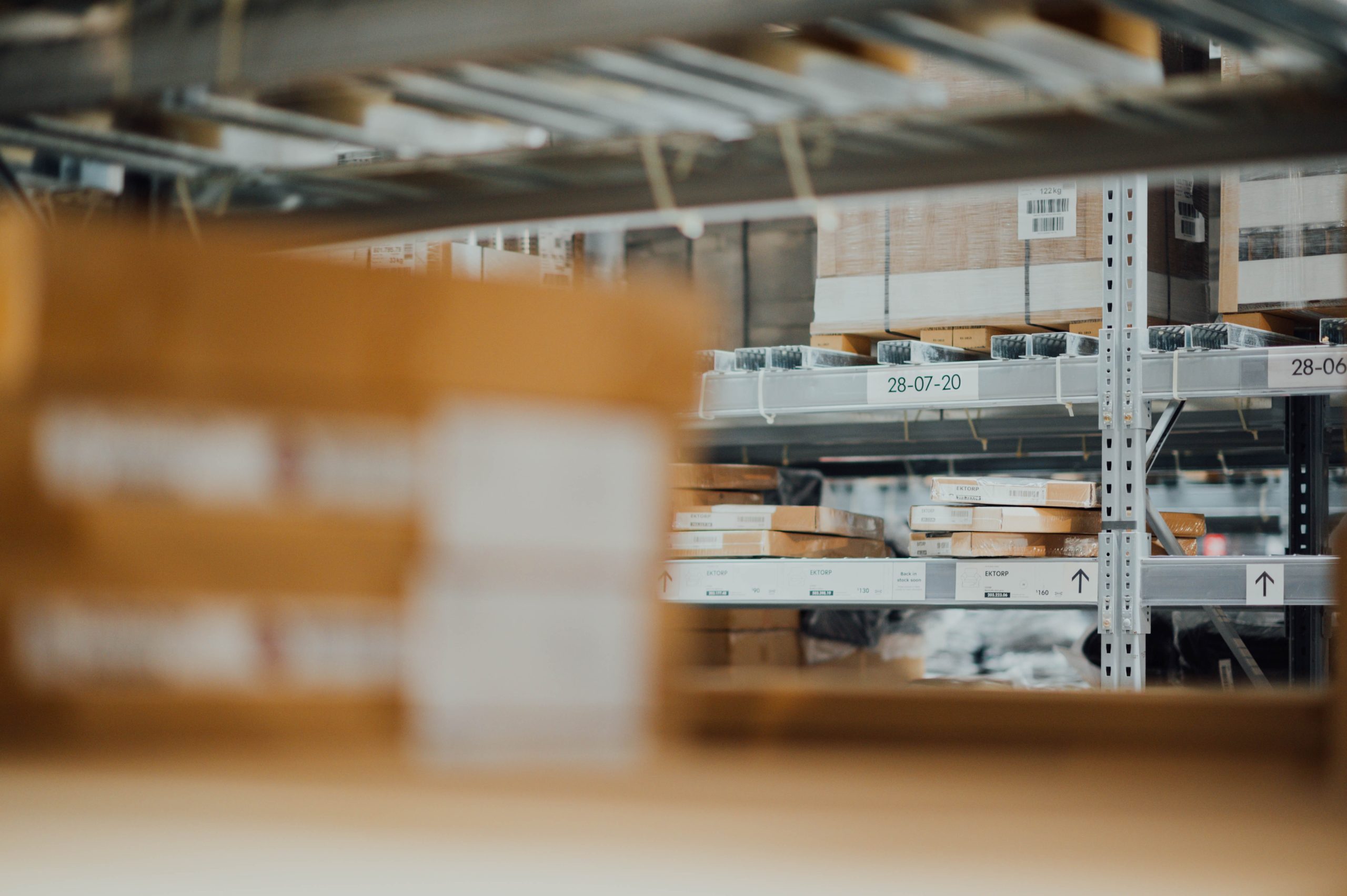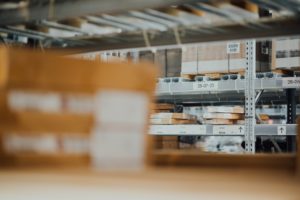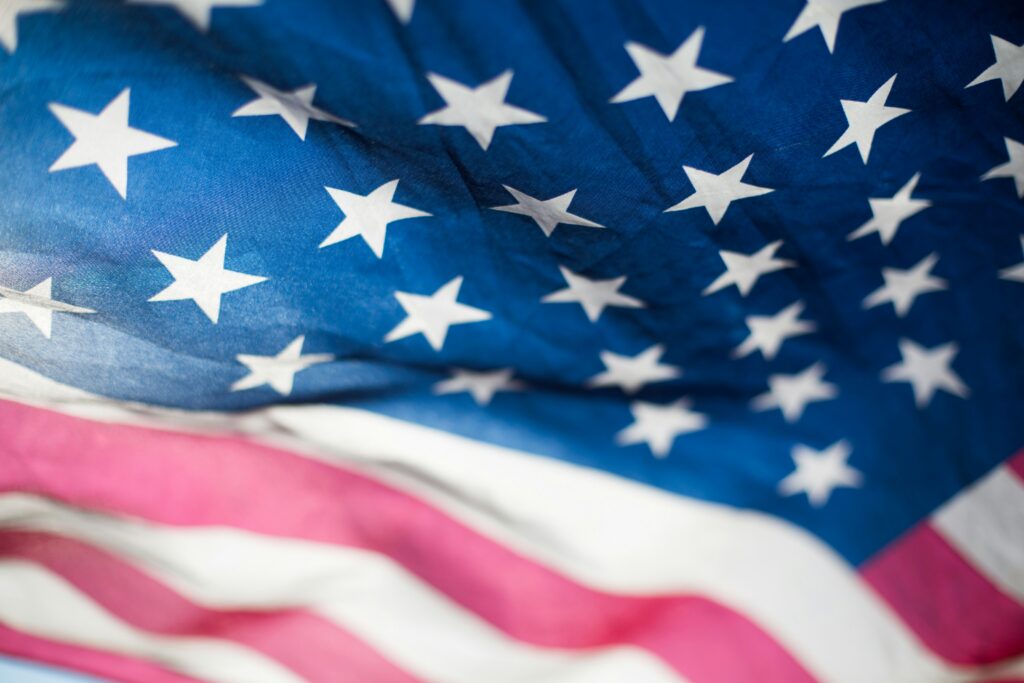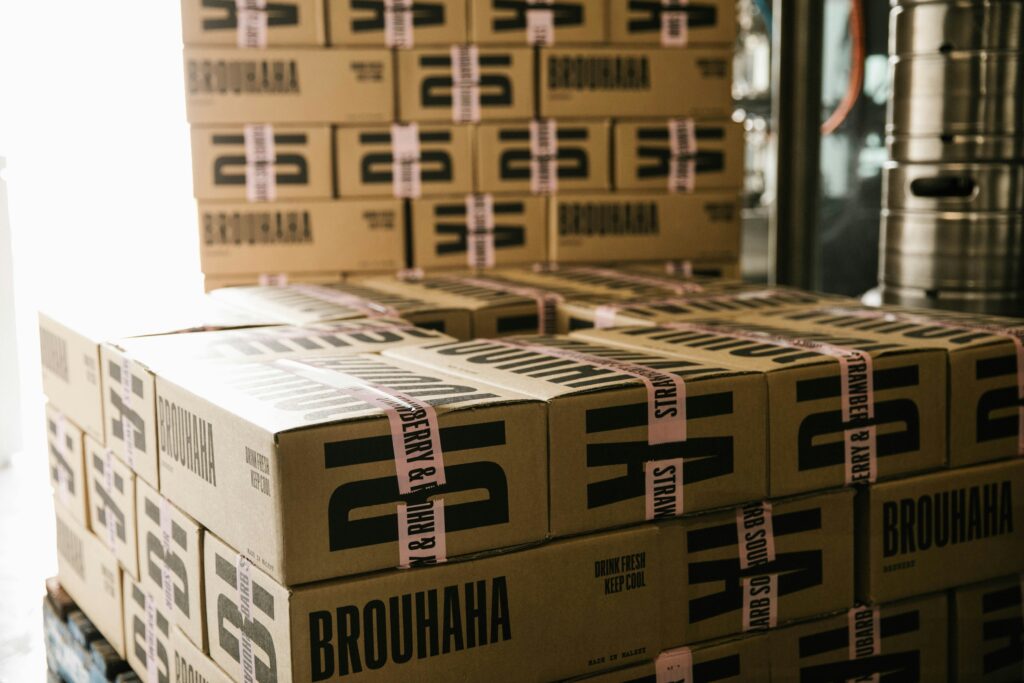The high price of using incorrect tariff codes
Topics

There’s been plenty of reports of shipments arriving at borders with the wrong tariff code assigned but what impact does it have on business operations, and specifically importers? In 2017, Canada’s Office of Auditor General released a report on customs procedures that revealed that 20 percent of shipments entering Canada had the wrong tariff code and as a result the government missed out on $21 million annually in revenue. At the same time, importers claimed back $136 million in refunds during the 2014-2015 fiscal year after realising to their benefit that the wrong tariff code had been used.
The cost of using the wrong custom code for importers really does come with a high price as this example reveals!

How to avoid assigning the wrong tariff code?
Assigning a Harmonised system (HS) code or tariff code is not as simple as just checking a directory. Over 200 countries including the UK, United States and Canada base classification on the World Customs Organisation’s Harmonised System which is a standardised listing of commodities, with a corresponding six-digit code number for each. The Harmonised System was updated on 1st January 2022. The United States used the Harmonised System as the basis for its Harmonized Tariff Schedule (HTS). HTS codes are ten-digits long with the first six-digits coming from the HS and the remaining four unique to the United States. Canada maintains its own ten-digit based system, known as Customs Tariff.
It’s complex, and different county by country as you can see. Tariff codes can also be updated regularly so it pays to work with a customs classification solution like TariffTel that checks daily for updates from the WCO (World Customs Organisation) and implements them in a timely manner into the TariffTel system.
Understanding the main properties and function of a product
There are many circumstances in which a product can seem to fall under multiple categories and this is where use of the six General Interpretive Rules (GIR Rules) for classifying a product are useful.
Rule three is to support classifying for mixture of products. What is the essential characteristic of the Product? Should I classify as 1 Product and use the last numerical Tariff code or should the Product be broken down into separate items.
 Take a Plastic-Coated Wash Bag and inside the bag is a Soap and a Sponge.
Take a Plastic-Coated Wash Bag and inside the bag is a Soap and a Sponge.
Soap Bar – 340130 – duty 0%
Sponge – 392490 – duty 6%
Plastic Coated Wash Bag 420292 – duty 8%
This Product should be broken down as you could use the Plastic-Coated Wash Bag again.
As you can see the duty rates on all items are different and are an importance consideration for a retailer when importing thousands of these products.
Determining a product’s main function plays another important role in assigning tariff codes. If you were to just use the Tariff Book in isolation it would be very easy to incorrectly classify a Sports Bra versus a Crop Top.
What is the difference between these two products?
To be classified as a sports bra under heading 6212, it has to have a clear definition of cups or separation of the breasts. The separation can be in the form of clear individual cups or merely stitching or gathering of material between the breasts. There is a clear difference in duty payments depending on which code is appropriately assigned.
Sports Bra – 621210 – 6% duty
Crop Top – 621142 – 12% duty
Using TariffTel and working with our expert customs classification team, we take the time to access all the relevant data to ensure our database, which is product led, is accurate.
Assuming all countries follow the same rules
Assuming all countries are the same is a common pitfall we see in assigning HS codes. There are different Tariff books for different countries.
For example, Flip Flops with uppers of leather or composition of leather have a varying duty whether you’d importing into the UK or US. 
Import into UK – 640510 – duty 2%
Import into US – 640510 – duty 10%
What happens if you can not decide on the correct code?
BTI stands for Binding Tariff Information. This is when companies are unsure of what Tariff Code to use and they ask for advice from a National Customs Authority. This authority provides the Tariff code and the relevant duty. All these are stored for other businesses to use.
In the United States, they use Cross Rulings which work in a similar way. We have access to all this information and use on a regular basis to cross check our Tariff Codes.
Find out more about our Tarifftel solution here to relieve the headache of customs classification
Other Useful Resources
30% US tariffs set for EU goods – what’s the impact
One of the sharpest unilateral trade actions in recent years is currently heading our way on 1st August 2025 with Presid...
The end of US de minimis – what’s next?
Significant trade news from the US this month with President Trump signing into law the “One Big Beautiful Bill” (OB...
How to avoid overpaying customs duty & classify smarter
Your how-to guide to tariff code accuracy If you handle HS, HTS, tariff or commodity codes, this how-to guide...



